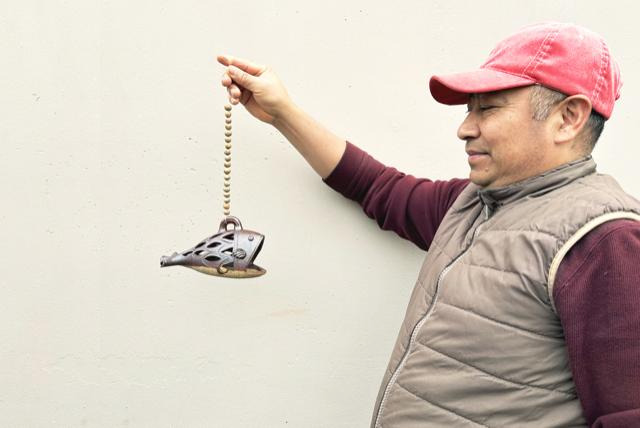Staff Interview
Rabi Chandra Prajapati
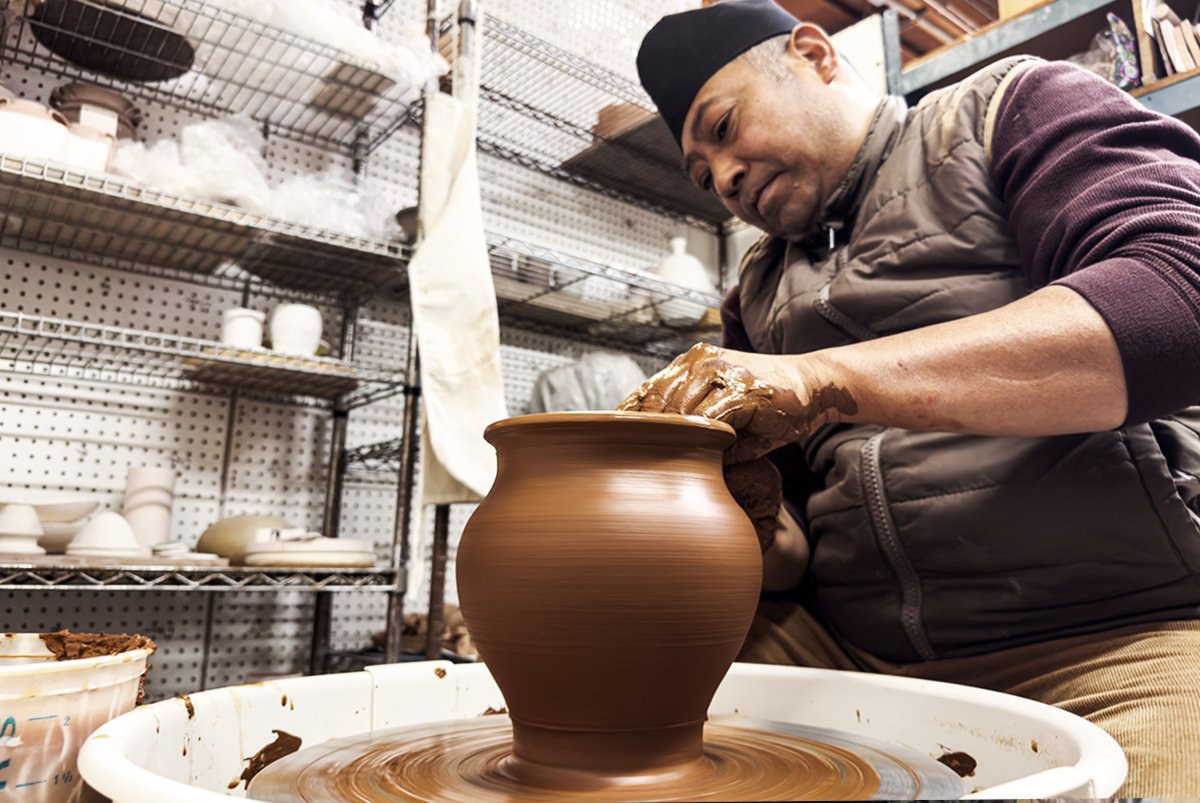
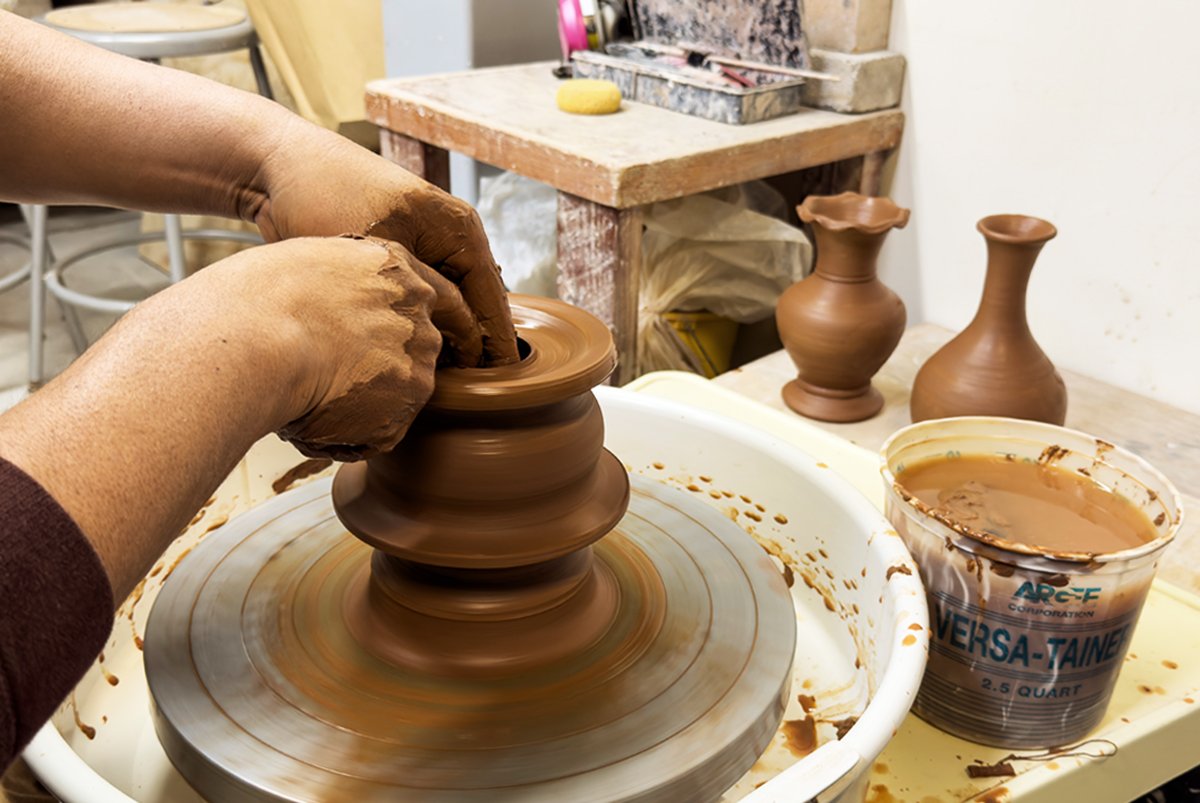
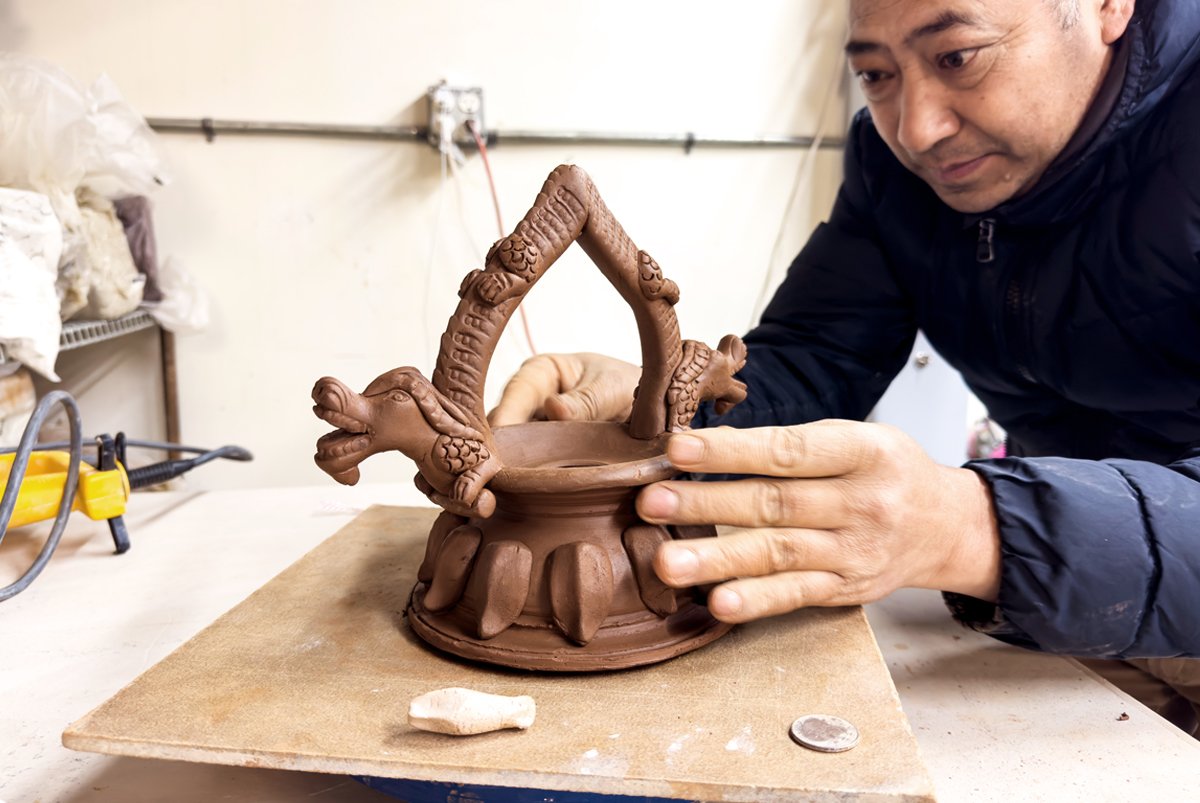

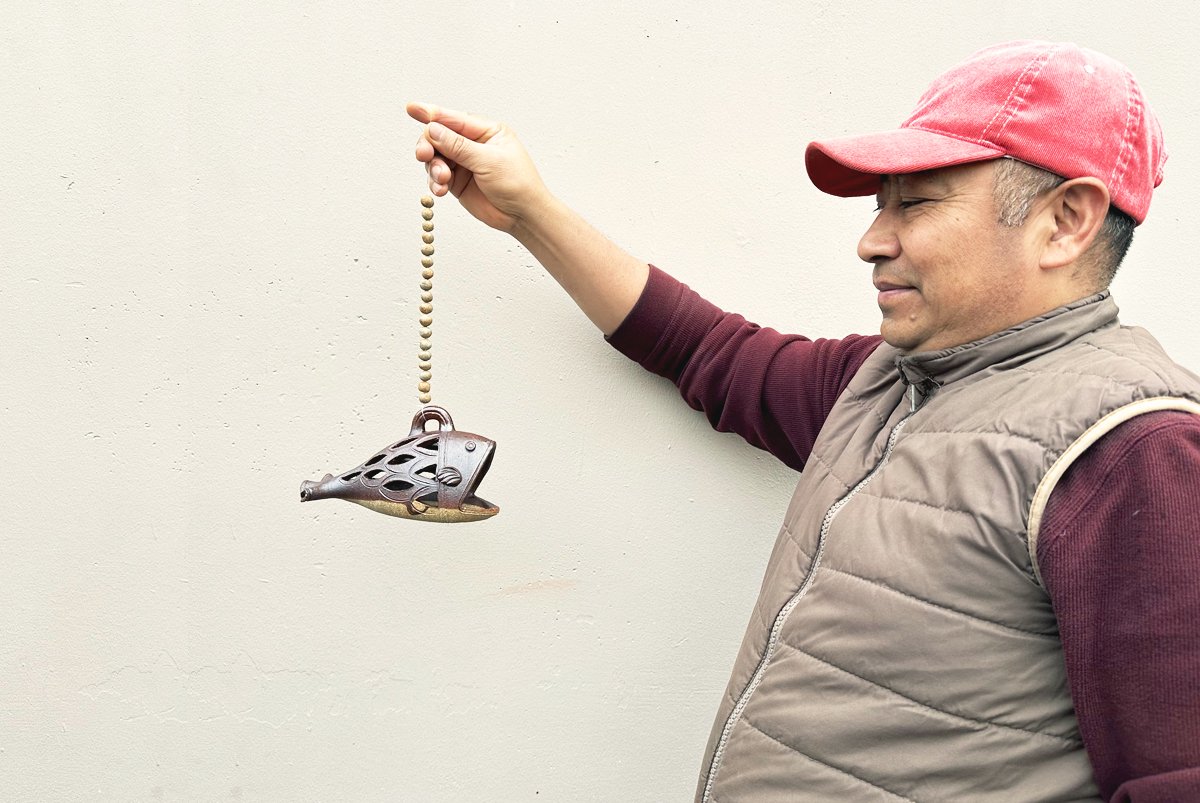
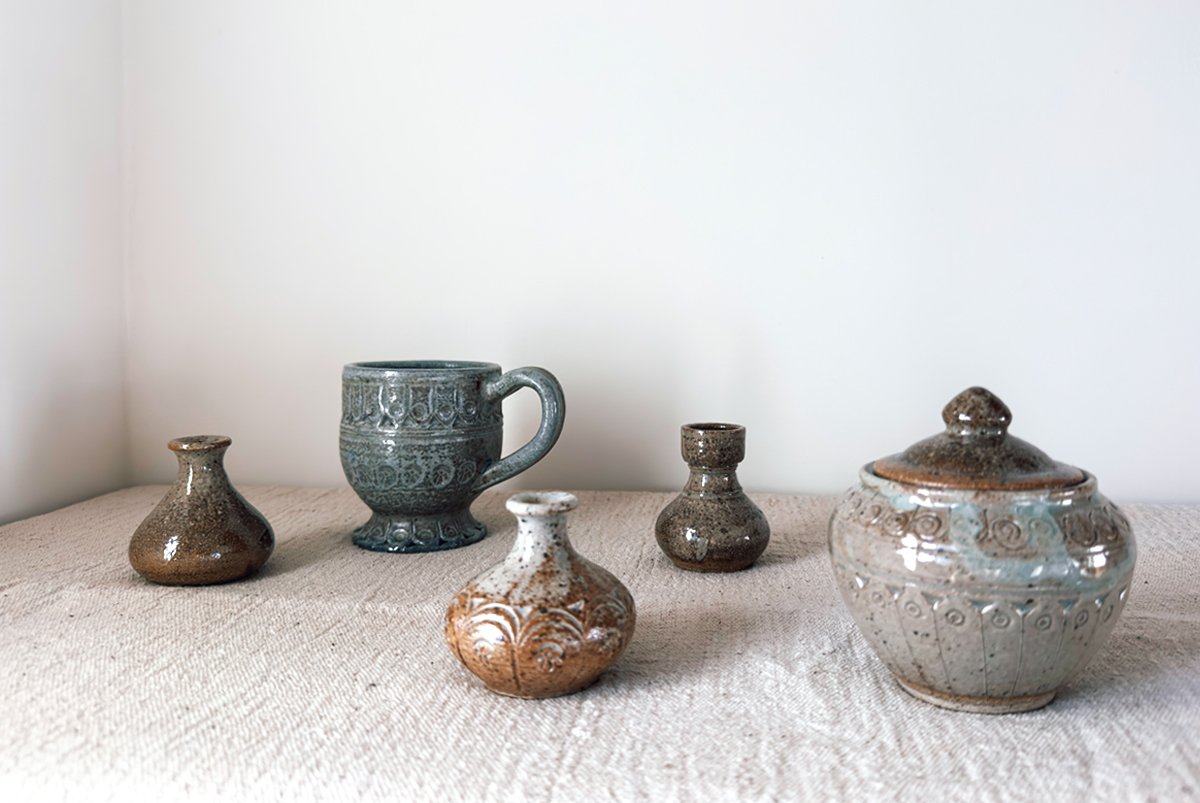
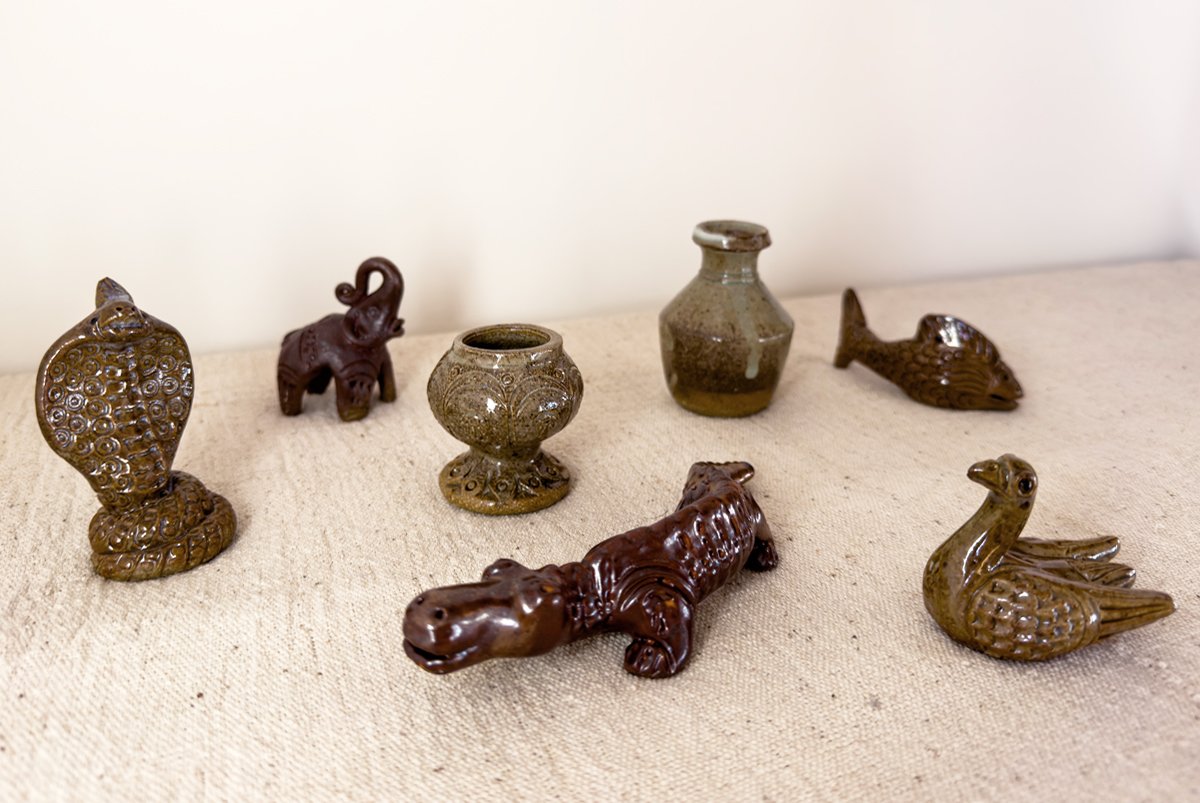
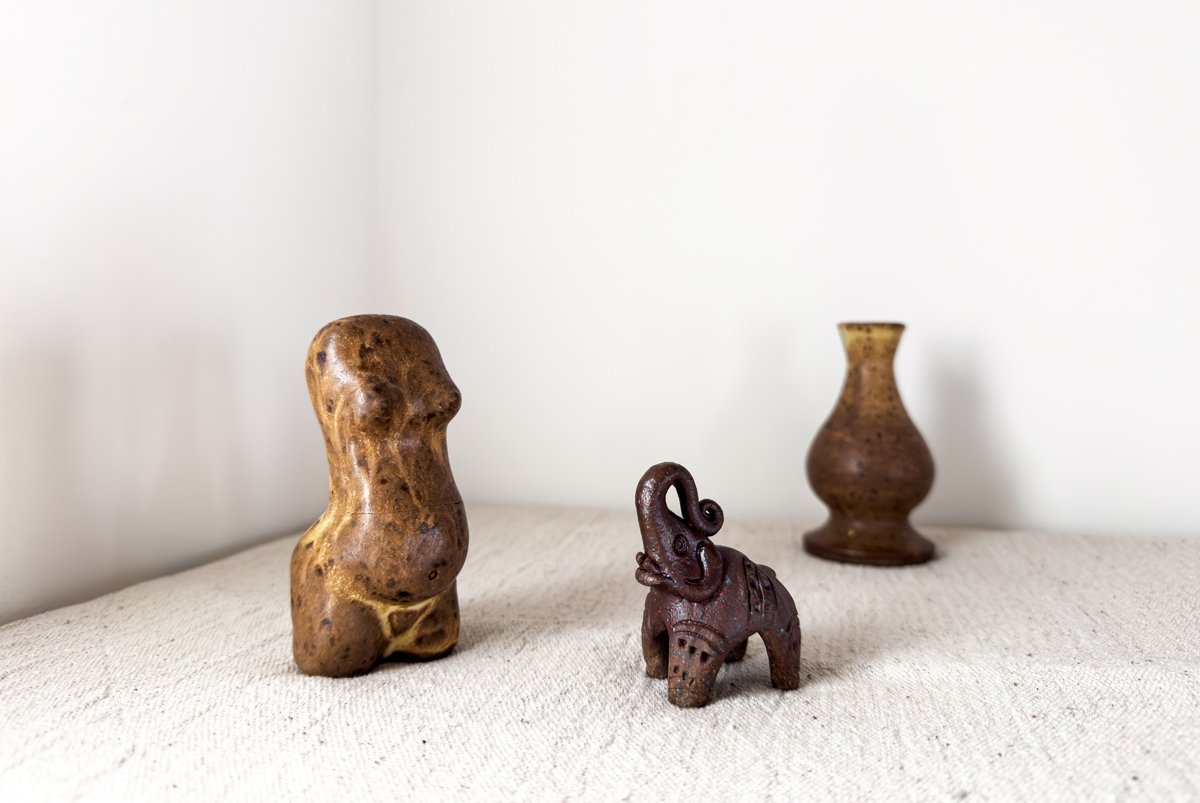
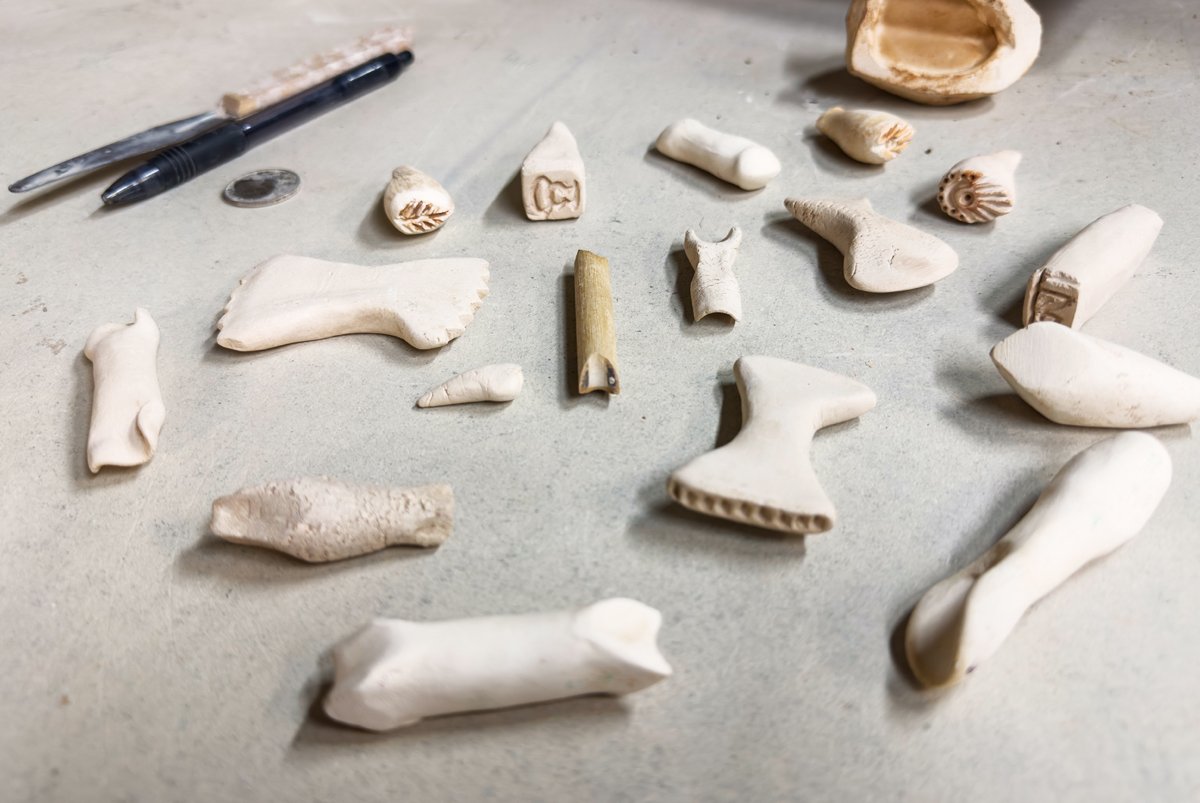
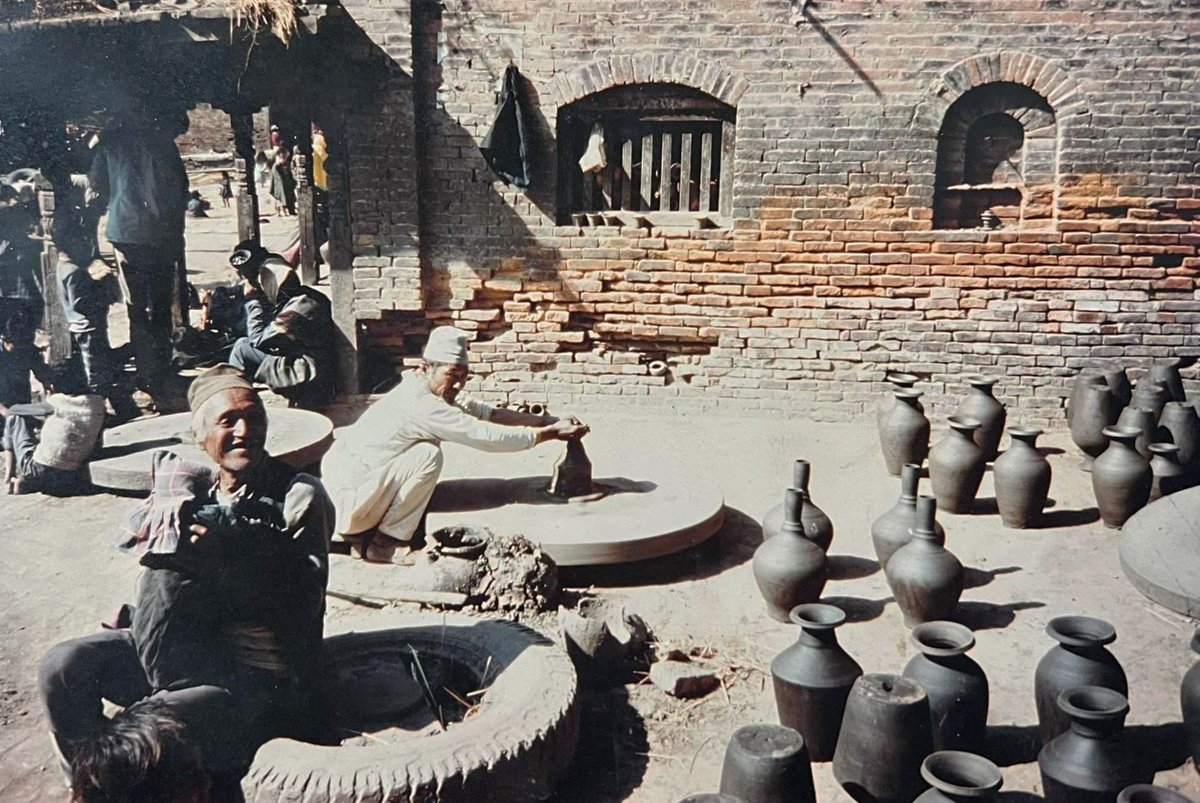


Hello there! I’m ... Rabi Chandra Prajapati.
My everyday occupation is ... A pugmill operator at The Potters’ Studio, and also part-time staff at the local favorite Monterey Produce Market.
I’ve been doing pottery since ... I was able to play with clay as a little child. I was born into a potters community in Bhaktapur, Nepal (Pottery square)- whose main occupation is producing pottery. In our Nepalese culture and Hindu mythology, birds and animals are especially associated with different gods and goddesses, and this heavily influenced me while I was growing up working with clay. This is the reason you often see the variety of animal sculptures in my ceramic work.
I would describe my work as ... Nepalese-style traditional pottery. But I gradually got into making new kinds of sculptures, decorative pieces, and functional tableware since I came to The Berkeley Potters’ Studio.
What inspires you the most – Form, Glaze, or Firing? My ideas and creativity thrive most when I’m forming clay.
A piece of advice for working in ceramics that helped me a lot was ... Being observant of the potters around you. I grew up as the 5th generation within the family working in the traditional pottery business back in Nepal. I am heavily influenced by people in the business, and also family members that have taught me the essential skills I have now.
Tell us more about your long family history working with clay: Our family has been producing traditional functional pottery in Bhaktapur, Nepal for over 400 years. In particular, my father has been actively producing ceramic pieces that are necessary for Nepalese rituals from birth to death. Back in my home country, we celebrate a lot of festivals throughout the year, and our family business produced a variety of ceramic pieces to accommodate the festivities. Also, our family pottery business has established a long, close connection with local temples to provide their pinnacles, rituals, and decorative pieces.
Potters I admire ... My father Laxmi Sundar Prajapati. It’s all through him that I’ve learned and developed to be the potter I am today.
If I could pick only ONE clay tool for the rest of my life, it would be ... Instead of favoring conventional clay tools, I use handmade bisque-fired clay tools I made myself out of recycled clay. I make many different types depending on the design of the pieces I need to construct with. But If I have to pick one conventional clay tool for life, it would be a scalpel.
What are the differences between being a production potter in the United States, compared to Nepal? Here in the States, I’ve developed more variety of skills and gained new knowledge by using advanced ceramic tools and machinery, whereas most of the production work has been done by hand where I’m originally from. Also in Nepal, we only used raw locally resourced, unrefined clay for pottery production. But here, I get to enjoy using a variety of different clay bodies at my convenience.
Personally, the most challenging part about doing pottery work in the States is the language barrier. With my basic understanding of English, it often becomes an obstacle to communicate with other artists/teams to share my ideas in depth. But aside from that, I find Northern California’s ceramic scene quite inspiring, and also being a part of The Potters’ Studio staff and interacting with many ceramic artists in the studio is always a delightful pleasure!
Interview article and photography by Inhae Lee

